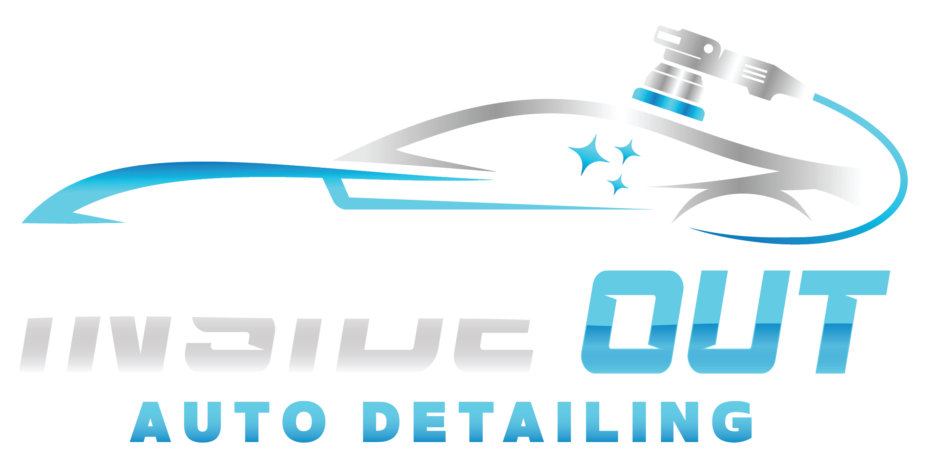Introduction
Paint correction is a difficult term to define. It’s often used interchangeably with polishing, but the two are not the same. In this article, we’ll take a closer look at paint correction and what it means for your vehicle. We’ll also discuss how you can get the most out of your experience with this service and what to look out for when choosing a paint shop.
What is Paint Correction?
Paint correction is a process that removes swirls, scratches and other blemishes from your car’s paint. It’s not the same as waxing or polishing.
Waxing and polishing will leave you with a good finish but they won’t remove any of the surface defects like swirl marks, scratches or oxidation (a rust-like appearance).
While you can use regular automotive waxes to hide these issues from view, this does nothing to actually improve the condition of your vehicle’s finish. Paint correction is a more in-depth process that can help you get the best results when it comes to your vehicle’s appearance!
What Is the Purpose of a Paint Correction?
The purpose of a paint correction is to remove imperfections in the paint and restore it to its original condition.
When you consider how much time, money, and effort you put into making sure your car looks clean and spotless when you drive it off the lot or buy it from a dealer, it makes sense that you would want to maintain that appearance for as long as possible. With regular maintenance, including washing and waxing (or sealant), you can do just that!
However if you don’t keep up with these habits on a regular basis then eventually your once-glossy finish will start looking duller than ever before. That’s where paint corrections come in handy. These can help keep your vehicle looking brand new without having to spend too much time doing so each week or month!
What Is an Optimum Swirl Free Finish?
An Optimum Swirl Free Finish (OSF) is the highest possible standard of paint correction. It’s achieved by a combination of polishing and waxing.
A swirl-free finish is the result of using a dual-action polisher to remove light scratches and imperfections from your vehicle’s paint, followed by an application of carnauba wax that covers up those defects with a protective layer.
The reason why this results in an OSF is because unlike traditional waxes that sit on top of your car’s clear coat, carnauba actually penetrates it to fill in any low spots or scratches left behind by other products. This means there will be no swirls or glare—because they’re not there anymore!
How Do You Get The Best Paint Correction Results?
The best paint correction results are achieved by using a high-quality polishing pad, compound, polish and wax or sealant. The next thing to consider is if you want to use a rotary or DA polisher.
If you’re new to paint correction, I recommend starting with a rotary polisher because they are much easier to use than DA machines. DAs are more advanced machines and require more experience for optimum results. If you’re looking for something that gives great results but doesn’t break the bank when it comes time to purchase tools and products then get yourself a nice cordless electric orbital buffer from Makita or DeWalt with an 18v battery pack attached so that it can run all day long without running out of charge halfway through your project (a quick tip: buy an extra battery).
It’s important to know what your paint correction needs are before having work done on your vehicle.
Before you get your car fixed, make sure you know what needs to be done. For example, if there are scratches on the paint and bumper of your vehicle, this means that the clear coat has been damaged and needs to be replaced. If there are only scratches in the paint, these can be removed through buffing or compounding (see below).
The best way to ensure that your vehicle is getting all of its repairs done correctly is by asking questions before contacting a body shop. Some questions include: What are my priorities? What do I want out of this experience? How much time am I willing to devote? Will any work that’s being done affect my budget? Do I care more about quality than speed? Do I really need all these services—or just one or two?
Once you have an idea of what those answers might look like for yourself, it’s time to start looking around at different sources for recommendations. You don’t need many options here; usually just three will do fine unless they’re all terrible then maybe four but that’s unlikely because most people want good cars repaired well by someone who knows what they’re doing which means finding someone who has experience with fixing stuff like yours probably won’t take more than four places total…
Conclusion
If you’re ready to learn more about paint correction and what it can do for your vehicle, contact us today! We’re here to help you make the best decision possible when it comes to how you want your car looking. Check out the image below, it shows a real world example of a recent customer of ours.
